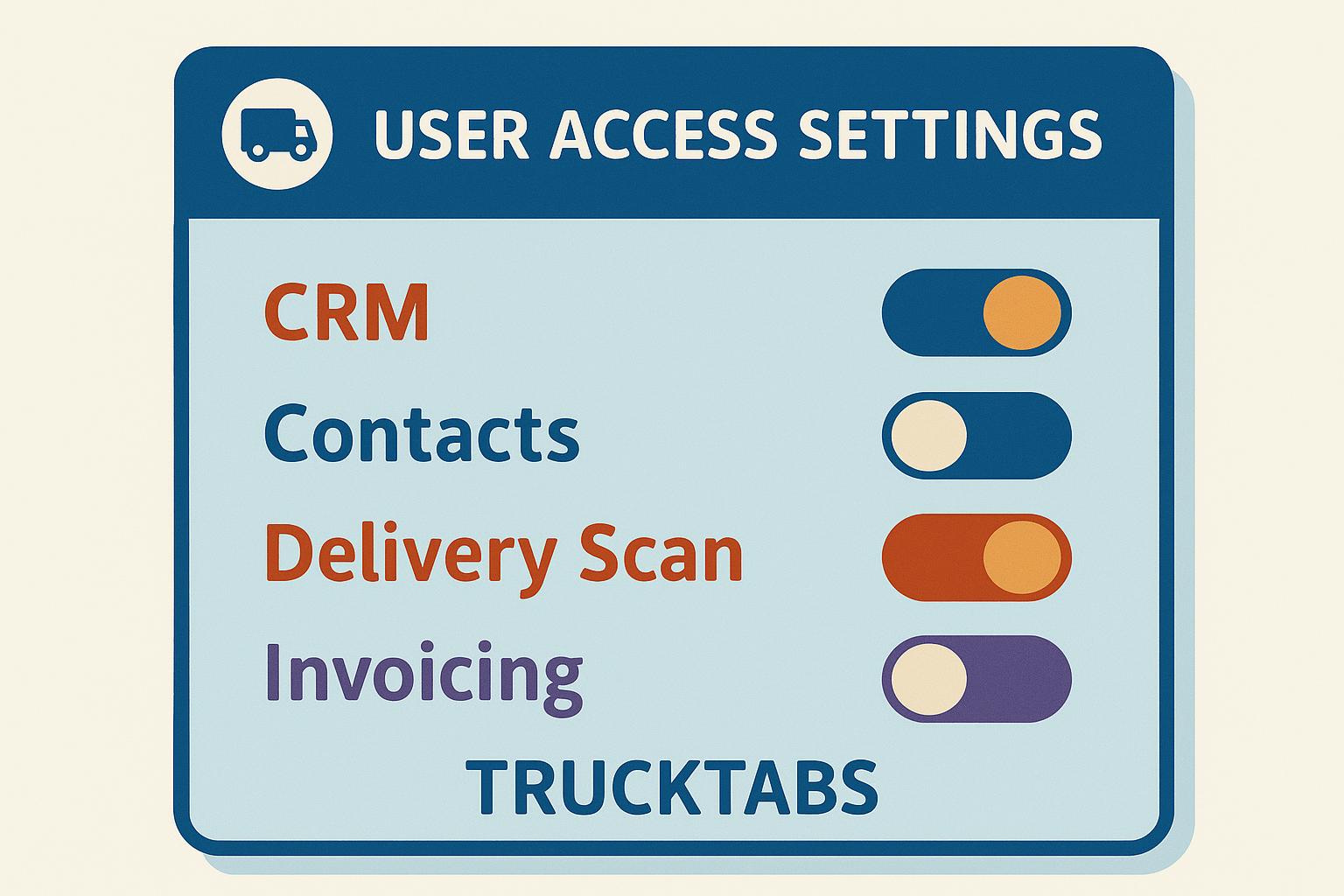Understanding Oversize and Overweight Permits
In the trucking industry, compliance isn’t just a recommendation—it’s a requirement. Two of the most important permits drivers and fleet managers need to understand are oversize and overweight permits. Though they may seem similar, each one applies to different aspects of your vehicle and load. In this guide, we’ll break down what each permit covers, when you need them, and why they matter.
What Are Oversize Permits?
Oversize permits, also known as over-dimensional permits, are required when a vehicle or its load exceeds standard legal size limits. These limits vary by state, but common thresholds include:
- Width: Over 8.5 feet (102 inches)
- Height: Generally over 13.5 to 14 feet (from the ground to the top of the load)
- Length: Typically over 65 feet total for a combination vehicle (tractor + trailer + load)
If your load exceeds any of these dimensions, you'll need an oversize permit before traveling. These permits help ensure safe passage on public roads, especially when navigating overpasses, tunnels, and narrow lanes. Oversize loads may also require pilot vehicles, specific travel times, and approved routes.
What Are Overweight Permits?
Overweight permits are necessary when a vehicle's total weight exceeds legal limits. The standard federal gross vehicle weight limit is 80,000 pounds, but weight limits are also enforced per axle, and those vary depending on configuration and spacing.
Key points include:
- Any load over 80,000 pounds typically requires a permit
- Axle group weight limits (e.g., 20,000 lbs for single, 34,000 lbs for tandem) must be considered
- The total allowable weight may change based on the number of axles and the distance between them, using what's known as the Bridge Formula
- Overweight permits may come with route restrictions or special operating conditions
These permits protect infrastructure from damage and ensure vehicles can safely travel over bridges and highways.
Key Differences Between Oversize and Overweight Permits
| Category | Oversize Permits | Overweight Permits |
|---|---|---|
| Focus | Dimensions (width, height, length) | Weight (total vehicle and axle group weight) |
| Typical Limits | Width over 8.5 ft, height over 13.5–14 ft | Gross weight over 80,000 lbs or axle excess |
| State Variation | High – dimensions vary widely | Moderate – most states follow federal baseline |
| Special Requirements | May require pilot cars, signage, timing | May require specific routing or load adjustments |
| Cost Factors | Flat fee or per mile, increases with size | Fees scale with weight overage and distance |
When Do You Need Each Permit?
To determine which permit you need, consider your load:
- If your dimensions exceed legal limits (width, height, or length), you need an oversize permit
- If your weight exceeds 80,000 pounds or legal axle limits, you need an overweight permit
- If your load is both large and heavy, you’ll need both permits, and possibly escort vehicles or additional route planning
Proper permits help you avoid delays, penalties, or being pulled off the road at inspection points.
Final Thoughts
Getting the right permits isn’t just about following the law—it’s about protecting your business, your drivers, and our infrastructure. Understanding whether you need an oversize or overweight permit allows you to plan safer, more efficient trips and avoid costly surprises.
Need Help with Permits? Contact TruckTabs
At TruckTabs, we make the complex permit process simple. Whether you're hauling wide, tall, long, or heavy loads—or all of the above—we’ll help you:
- Identify which permits you need
- Handle state-by-state applications
- Manage route planning, pilot cars, and compliance paperwork
- Avoid permit delays and fines
Get in touch today to keep your loads legal, safe, and on the move.










